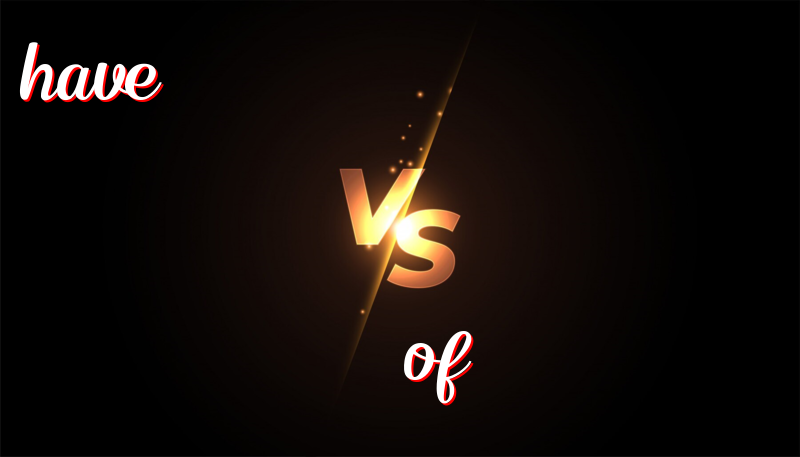Understanding the Difference Between Have and Of
Between “have” and “of,” there are some differences. “Have” is used more frequently than “of” and is an action word. It shows possession or ownership. For example, I have a red ball.
On the other hand, “of” is a preposition, usually comes after a noun or a verb, and shows a connection. For example, the book of my friend.
Using “have” is more common as it indicates possession or obligation. Here are five examples:
1. I have a cat.
2. She has a new car.
3. We have to go to school.
4. They have a big house.
5. He has a blue shirt.
On the other hand, “of” is used after a noun and indicates a relationship. Here are five examples:
1. The tail of the dog.
2. The name of the city.
3. The color of the sky.
4. The size of the box.
5. The smell of the flowers.
To remember the difference between “have” and “of,” recall that “have” relates to possession or obligation, while “of” is about a connection or relationship.
In summary, “have” talks about owning something or needing to do something, whereas “of” explains a relationship or connection between things.

Leave a Reply
You must be logged in to post a comment.